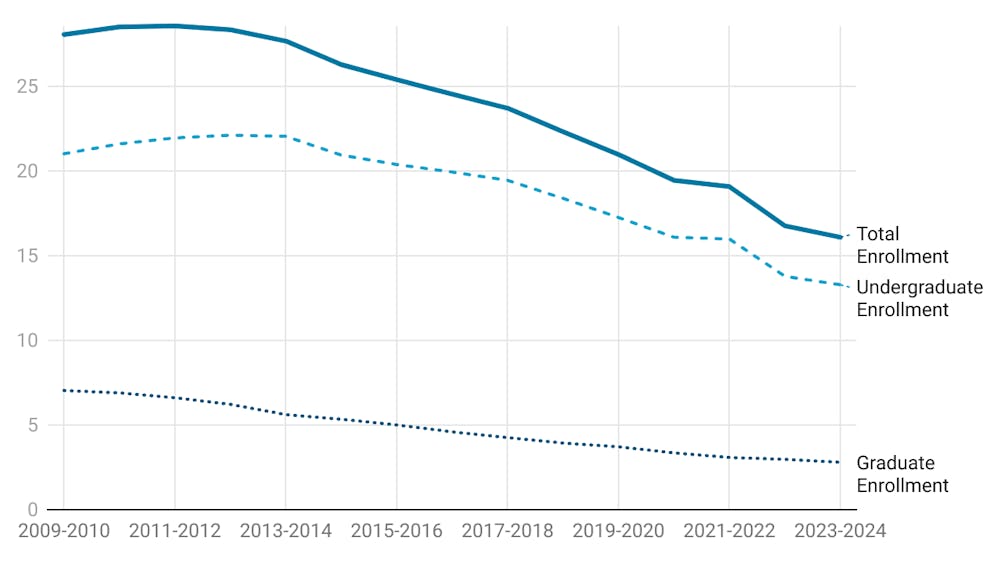This past week, General Motors Co. was in court over a lawsuit filed by owners of vehicles that have been found to have an ignition switch defect. A defect that has been linked to 29 deaths.
And the company’s opening argument to defend itself was essentially, “Oh, no, that wasn’t us that produced those defective vehicles. That was Old G.M. We’re New G.M.”
I’ll explain.
In 2009, two major auto manufacturers filed for Chapter 11 bankruptcy – one of whom was G.M. Chapter 11 of the U.S. Bankruptcy Code allows for debt adjustment and reorganization by companies which are economically viable, but have taken on too much debt.
The key word is reorganization, and to an extent G.M. did reorganize. G.M. sold off and winded down the divisions of Hummer, Saturn, and Saab. Old G.M., which entered into federal bankruptcy court on June 1st, 2009, also sold itself to New G.M. Under Section 363(b) of Chapter 11, corporate debtors, “after notice and a hearing, may use, sell, or lease, other than in the ordinary course of business, property of the estate.”
Ordinarily, this section allows a corporate debtor in bankruptcy to sell its assets. Completely normal in a bankruptcy. Old G.M. stretched the meaning of the law and interpreted that part of the statute to include the sale of all assets.
Old G.M. sold all of its good assets (assets which could still produce a profit) to New G.M. Old G.M. held onto all of the bad assets which New G.M. didn’t want. Old G.M. also became “Motors Liquidation Company,” but we’ll continue to refer to it as Old G.M.
The result has been that New G.M. is shielded from the liability i.e. blame and responsibility for acts carried out by Old G.M. Which is why efforts to sue New G.M. for cars sold by Old G.M. has been a difficult sell and isn’t likely to prevail.
And truthfully, this is a proper use of bankruptcy protection. Under bankruptcy law, debtors are allowed to unburden themselves of old debt and liabilities. They’re supposed to have a fresh start. If debtors were allowed to be sued over and over for events which occurred prior to their bankruptcy filing, then bankruptcy would lose much of its usefulness.
On February 13th, New G.M. issued recalls for 2005-2007 Chevrolet Cobalts and 2007 Pontiac G5s. The first recalls related to the ignition switch defect. More recalls were issued on February 25th, March 17th, March 28th, May 15th, June 16th, and June 30th. In total, New G.M. recalled 29 million vehicles in North America.
CEO Mary Barra testified before the House of Representatives and Senate on the problem between April 1st and April 2nd. She hired Kenneth Feinberg, an attorney, to set up a compensation fund for victims and their families. Feinberg acted as the paymaster for the compensation funds for the September 11th terrorist attacks, BP oil spill, Boston Marathon bombings, and compensation for other infamous events.
Anton Valukas, a former U.S. attorney hired by New G.M. to uncover any issues found that there was a “history of failures” and “a pattern of incompetence and neglect.” His report was completed on May 29th.
To reestablish the facts of the case more succinctly. The CEO of the company has admitted fault, an internal report released to the public shows fault, and a compensation fund has been set up for victims and their families. This ordinarily, would establish fault.
But whose fault? Well, like I said, New G.M. has said that it’s all Old G.M.’s fault. Despite the fact that New G.M. is located in the Renaissance Center in Detroit where Old G.M. was once housed. New G.M. also has many of the same product lines as Old G.M., as well as many of the same employees, and intellectual property.
However, Old G.M. isn’t New G.M. The two are different companies. Old G.M. or Motors Liquidation Company, it set to be wound down, and therefore if it were sued by victims and their families wouldn’t have much to pay them with. New G.M. is where the money is, and that is why it has been sued. The problem is, they’re not liable, because, you know, they’re New G.M. and that was Old G.M.








